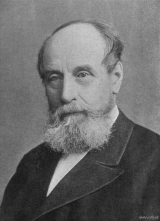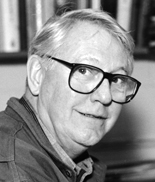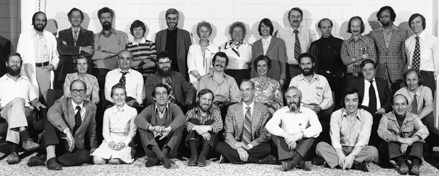
Early beginnings in Natural Science

This changed in 1855 when John William Dawson became McGill’s fifth Principal. Best known for his discoveries of the earliest known terrestrial vertebrate fossils in the cliffs of Joggins, Nova Scotia, Dawson was an enthusiastic paleontologist. He transformed McGill by restructuring the curriculum with a strong Natural Science component, assembling a competent teaching staff and raising funds for an ambitious building program.
Evolution of three departments

In 1897, a Chair in Zoology funded by railway magnate Lord Strathcona, lured Ernest MacBride to McGill. McBride had studied with the eminent embryologist Sedgewick in Europe and he brought his expertise in microscopy and development to McGill - subjects that have remained at the forefront of biology research ever since.
The Molson family endowed a Chair in Genetics. A separate Department of Genetics – the first in Canada - was established in 1934.
The Biological Sciences Building

The Merger
The 1960s saw the development of the McIntyre-Stewart complex as part of the campus-wide building program to cope with an escalating student enrollment, but decades of economic depression and political upheaval curtailed research growth at McGill. The research labs were not keeping pace with the exciting new trends in biology that were evolving elsewhere.

Gordon Maclachlan was persuaded to take on the thankless task of melding 50 academics in disparate groups into one effective community and creating a vigorous research climate. The curriculum was restructured, staffing was examined critically, governance of the department became democratic and the student voice was heard. In short, under Maclachlan’s guidance, the new department thrived.
The new large department opted for excellence in a few select areas rather than try to cover every aspect of modern biology. Following much debate, four areas were selected - ecology, human genetics, molecular biology and neurobiology - a very different direction from most other Canadian universities.

The 1980s and 90s were lean years for university funding. McGill endured 25% budget cuts across all faculties. There was an erroneous perception that the university still enjoyed rich endowments and therefore had less need of government support.
Expansion

The millennium brought a crop of fresh faces and much needed money, both for new equipment and renovations to the Stewart Building. Entire floors were gutted and reconfigured to create more efficient workspaces.
Francesco Bellini, a leader in Montreal’s pharmaceutical industry and developer of anti-HIV therapies also pledged funding towards a new molecular biology complex. The Belllini Life Sciences Complex opened in 2008, providing space for at least 450 researchers from the Biology and Medical Faculty units.
The Biology Department’s campus facilities for learning and research, are augmented by field stations around the globe, as well as Study Abroad Exchange programs.